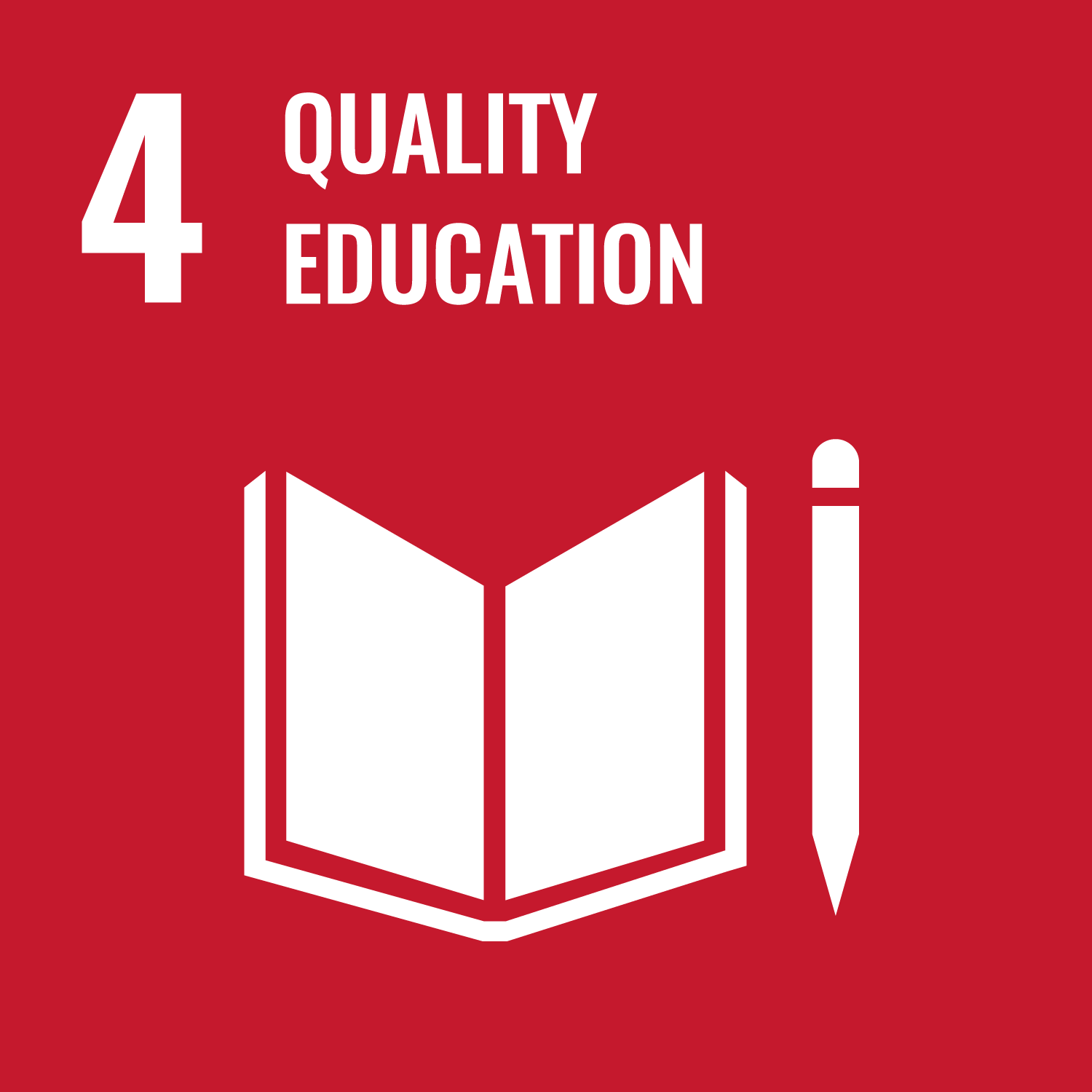Physics: Thermodynamics
This course provides an introduction to the Thermodynamics: the study of energy transformations involving heat, mechanical
work, and how these transformations relate to the properties of matter.
The topics covered include basic concepts and definitions, the first law of thermodynamics and its applications, the second and third law of thermodynamics, equations of state, thermodynamic property relations, ideal gas mixtures, reacting mixtures, and chemical and phase equilibrium. The students will learn how to describe and apply the physical concepts of work, heat, temperature, and entropy, to describe thermodynamic systems and states and apply the laws of thermodynamics, to use experimental methods to investigate thermodynamic relations and present the results, to do calculations on phase transitions.
This course will be jointly taught by all the physics faculty members.
1-3 Prof Aarya
4-6 Prof Shahrol
7-9 Prof Miryala
10-12 Prof Uma
13,14 Prof Dita
The topics covered include basic concepts and definitions, the first law of thermodynamics and its applications, the second and third law of thermodynamics, equations of state, thermodynamic property relations, ideal gas mixtures, reacting mixtures, and chemical and phase equilibrium. The students will learn how to describe and apply the physical concepts of work, heat, temperature, and entropy, to describe thermodynamic systems and states and apply the laws of thermodynamics, to use experimental methods to investigate thermodynamic relations and present the results, to do calculations on phase transitions.
This course will be jointly taught by all the physics faculty members.
1-3 Prof Aarya
4-6 Prof Shahrol
7-9 Prof Miryala
10-12 Prof Uma
13,14 Prof Dita
The students will obtain knowledge and understanding of the basic concept of thermodynamics that have broad applications in
physics as well in chemistry, life sciences, and everyday life. The most notable applications are in car engines, refrigerators,
structures of stars, etc.
| Goals and objectives | Course Outcomes | |
|---|---|---|
| 1. | The students will learn and understand the basic concept of thermodynamics |
A-1
|
| 2. | The students will be able to learn to describe thermodynamic systems and states and apply the laws of thermodynamics |
A-1
|
| 3. | The students will learn and apply the mathematical method for the calculation of thermodynamical properties. |
A-1
|
| 4. | The students will learn the importance of thermodynamics in the materials science |
A-1
|
| Midterm exam | Final exam | Total. | |
|---|---|---|---|
| 1. | 10% | 5% | 15% |
| 2. | 20% | 15% | 35% |
| 3. | 5% | 20% | 25% |
| 4. | 5% | 20% | 25% |
| Total. | 40% | 60% | - |
- Introduction: Historical milestones, Some practical applications.
Concepts and definitions:
Thermodynamic system and control volume;
Macroscopic and Microscopic points of view;
Properties and state of a substance - Temperatures and thermal equilibrium;
temperature scales;
heat and temperature - Mechanisms of heat transfer: conduction, convection, radiation;
calorimetry and phase changes;
phase diagrams - Pressure, volume temperature of a gas;
equation of state;
termal stress - Calculation exercises and
discussion - Thermal properties of a substance and molecular interactions;
relation: pressure, temperature and kinetic energy of molecules;
moles and Avogadro number;
Van der Waals interactions - Midterm exam and discussion on the solutions
- Heat capacity and rotation/vibration of molecules;
phases of matter: gas, liquid, solid
review of phase diagrams - Heat and work in a thermodynamics process;
first law of thermodynamics and internal energy - Thermodynamics processes:
adiabatic, isochoric, isobaric, isotermal;
heat capacity of an ideal gas - Directions of thermodynamics processes:
reversible and irreversible;
heat engines - Otto cycle,
Diesel cycle;
refrigerators - Second law of thermodynamics and microscopic states;
Carnot cycle;
Entropy and microscopic states - Connection of thermodynamical laws with chemistry Chemical Thermodynamics
Chemical potential
Phase transition: gas, liquid and solid - Final exam and discussion on the solutions
| A:Fundamental Mechanical Engineering | B:Advanced Mechanical Engineering | C:Environment and Materials Engineering | D:Chemistry and Biotechnology | E:Electrical Engineering and Robotics | G:Advanced Electronic Engineering | F:Information and Communications Engineering | L:Computer Science and Engineering | H:Urban Infrastructure and Environment |
|---|
| Evaluation method and criteria | HW assignments (Including preparation and review of the class.) | Amount of Time Required |
|---|---|---|
| The students will be evaluated based on their midterm exam, activity during the class (calculation exercises and discussion) 40% and final exam will contribute 60% of the grade. Students need at least 60% of the full score to pass this course. |
Review of the lecture | 120分 |
| - | - | 120分 |
| ways of feedback | specific contents about "Other" |
|---|---|
| Feedback in the class |
1. University Physics (13th edition), by H.D.Young and R.A.Freedman (with contributions from A.L.Ford), Pearson/Addison-Wesley
Eds., Vol II, chapters 17- 20
2. H.C. Van Ness, Understanding Thermodynamics, Dover Books on Physics 1969, ISBN: 978-0-486-63277-3
3. C. Borgnakke, R.E. Sonntag, Fundamentals of Thermodynamics, Wiley 1998, ISBN: 978-1-118-13199-2
2. H.C. Van Ness, Understanding Thermodynamics, Dover Books on Physics 1969, ISBN: 978-0-486-63277-3
3. C. Borgnakke, R.E. Sonntag, Fundamentals of Thermodynamics, Wiley 1998, ISBN: 978-1-118-13199-2
- Prof. Aarya, email: aarya@shibaura-it.ac.jp; Prof. Shahrol, email: shahrol@shibaura-it.ac.jp & Prof. Miryala, email: miryala@shibaura-it.ac.jp
&
Prof. Uma, email: uma@shibaura-it.ac.jp & Prof. Dita, email: dita@sic.shibaura-it.ac.jp
- Course that cultivates an ability for utilizing knowledge
- Course that cultivates a basic problem-solving skills
| Work experience | Work experience and relevance to the course content if applicable |
|---|---|
| N/A | N/A |
Last modified : Fri Feb 23 04:08:14 JST 2024

